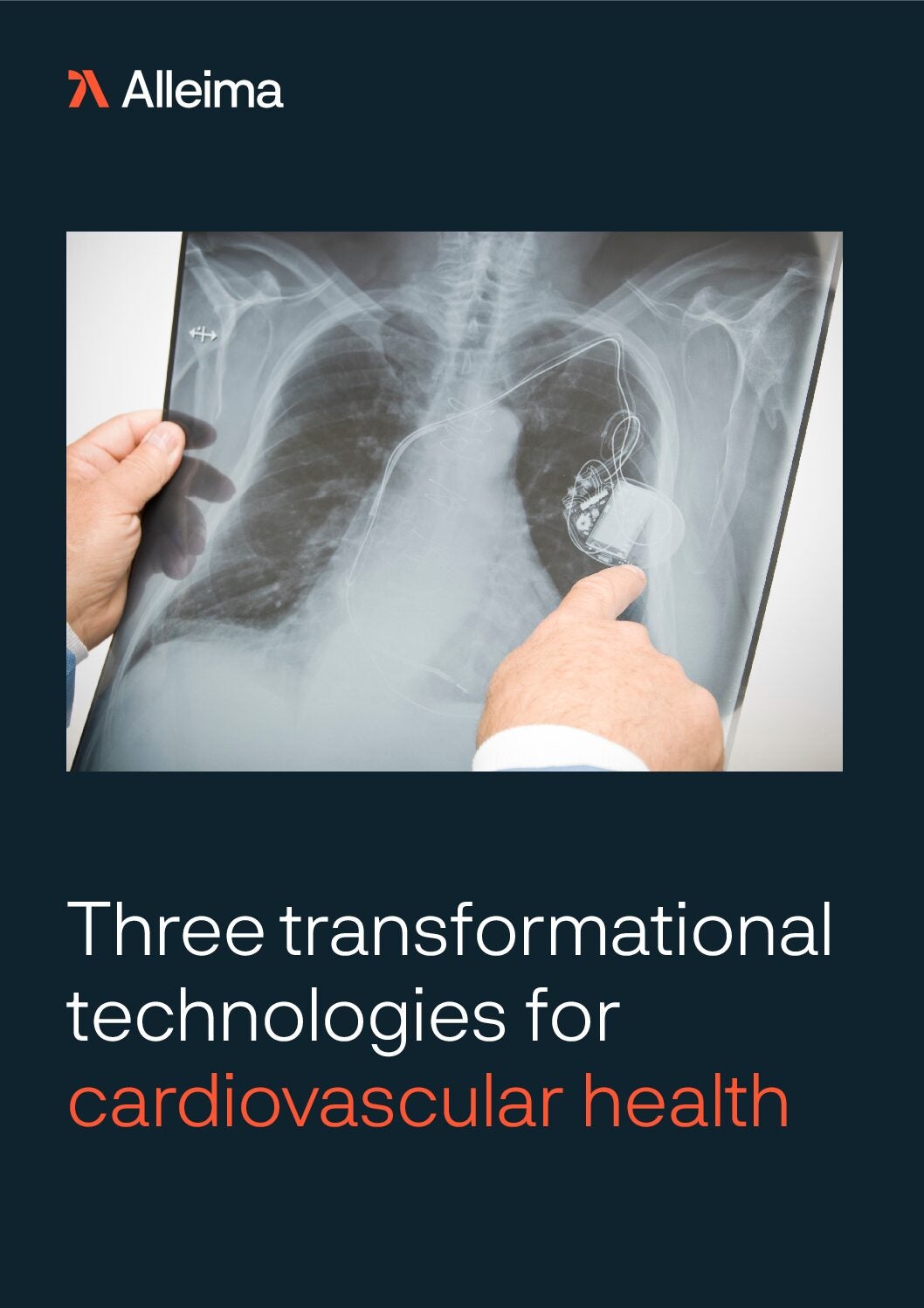
Cardiovascular health management is getting smarter, from artificial intelligence (AI) use for early disease detection to remote and real-time cardiac care.
In 2022, almost 1.5 million people around the world received a pacemaker, and GlobalData forecasts that this will rise to 2.5 million by 2033 [1]. Recent advances in smart pacemaker technologies are driving significant improvements in cardiac care, characterised by innovations in device miniaturisation, functionality, and patient monitoring capabilities.
What is a smart pacemaker?
A smart pacemaker is an enhanced version of traditional cardiac pacemakers, incorporating advanced technologies that allow for both sophisticated heart rate management and comprehensive health monitoring. These devices are designed to help manage arrhythmias –irregular heartbeats – by delivering electrical pulses to prompt the heart to beat at a normal rate. What sets smart pacemakers apart is their ability to adapt to the changing needs of the patient’s body and provide valuable data remotely to healthcare providers.
Smart pacemakers utilise sensors that detect physiological changes such as physical activity or stress levels and adjust the heart’s pacing in real time to match the detected conditions. Such features ensure that the heart operates as efficiently as possible, closely mimicking the natural responses of the heart. Additionally, these devices are capable of wireless communication, sending important cardiac health data directly to medical professionals. This enables ongoing monitoring without the need for frequent doctor visits, which can be crucial for early detection and intervention of potential health issues.
Ten years of smart pacemaker innovation
Over the past decade, the pacemaker market has seen rapid changes. One notable trend is the introduction of leadless pacemakers, which a report published by Hawaii J Med Public Health [2] claims “is an effective and safe alternative to standard transvenous pacing, with a significant reduction in acute and intermediate-term complications.” The concept of the leadless pacemaker started as early as the 1970s, although successful human implantation and clinical testing did not come to fruition until more recently.
The first FDA-approved leadless pacemaker entered the market in 2016. The Micra leadless pacemakers are known for extending battery life by 40% compared to previous models. Designed to be much smaller than other pacemakers on the market, they can be implanted in a minimally invasive procedure through a catheter in the leg – meaning that no chest incision is needed.
Technology developed alongside these devices enables pacemakers to communicate directly with a smartphone app, allowing for high rates of successful data transmission and giving patients real-time insights into their cardiac health. This technology significantly improves upon traditional remote monitoring methods, offering a more user-friendly and efficient approach to patient management.
Leadless technology continues to evolve, with the FDA approving the first-ever dual-chamber leadless pacemaker in 2023. It is approximately the size of an AAA battery, and offers wireless synchronization between implants, eliminating the need for leads.
Another groundbreaking innovation comes from the CResPace project, a H2020 consortium of eight academic and industrial partners. The project developed a smart pacemaker that uses artificial neural networks to more closely mimic the natural responses of the heart. Pacemakers can adjust the pacing of the heart in real-time based on physiological signals such as blood pressure and oxygen levels, potentially enhancing heart failure.
Furthermore, Northwestern University in Illinois, US, researchers have introduced a transient, bioresorbable pacemaker that can dissolve in the body after its temporary use is concluded. This device is part of a broader system that includes wearable sensors and haptic feedback mechanisms to alert patients to potential issues, which could revolutionise post-surgical care and reduce hospital stays.
Enhancing pacemaker design and manufacturing
With pacemakers getting smaller and smarter, manufacturers are looking to fit more capabilities into miniaturized devices. Meeting all these requirements means that many OEMs are outsourcing vital components, such as the medical wire responsible for sensing and transmitting patient data.
Pacing leads are subject to a great deal of cyclic fatigue and require excellent conductive qualities, as well as high dielectric strength to prevent the pacemaker device from pulse generator failures Wire component manufacturer Alleima provides essential materials and components for pacemakers that enable electrical impulses to be transmitted from the pacemaker to the heart and to communicate information about the heart activity back to the pacemaker. Alleima is a one-stop-shop, meeting all its customers’ medical wire needs – from material design to surface finish.
Drawing on expertise in metal alloys and medical wire configurations, Alleima has manufactured efficient and reliable pacemaker leads across the globe. Download the whitepaper below to find out more or visit their website.
References:
[1] https://medical.globaldata.com/News/recent-advancements-in-the-mature-pacemaker-market_107822 [2] https://www.ncbi.nlm.nih.gov/pmc/articles/PMC5883251/#:~:text=The%20concept%20of%20the%20leadless,Spickler.&text=A%20practical%20device%20that%20underwent,came%20into%20fruition%20only%20recently


